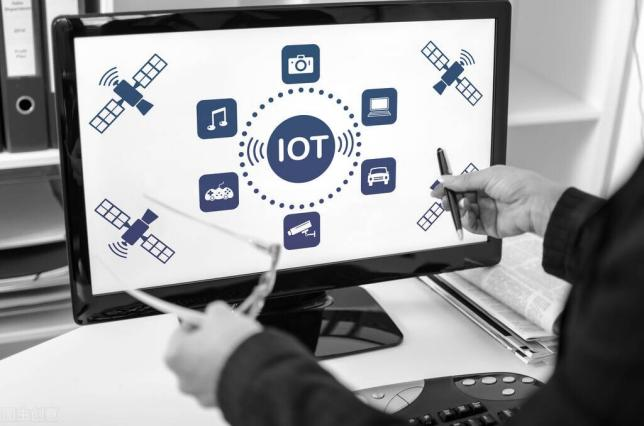

At present, most of the Internet of Things (IoT) nodes use ZigBee for networking, and then connect to the network through a gateway (gateway). However, the advantages of ZigBee are not obvious, and many companies are developing new modules to replace it, such as Bluetooth, WiFi, GPRS/3G/4G, etc. Can these modules replace ZigBee? What are the advantages and disadvantages of these communication modules?
IoT communication technology comparison
Short-range IoT communication:
In terms of communication performance indicators alone, ZigBee technology is not weak compared to Bluetooth and WiFi, and even has more advantages in terms of comprehensive performance and power consumption, as well as the coverage of mesh networking. However, ZigBee technology is not practical in the field of smart home without WiFi and Bluetooth, mainly related to the following points:
1. WiFi has occupied the entrance of high-speed traffic in the home in a very early period, and almost every home will be equipped with one or even multiple WiFi routers, so it is also a matter of the way to expand WiFi to smart homes.
2. Although Bluetooth did not emerge in the home furnishing industry early, it bound portable wearable devices in advance, mastered the network environment centered on smartphones and other portable smart devices, and facilitated direct short-distance control with smart devices.
3. Compared with WiFi and Bluetooth, ZigBee's situation is very embarrassing, because it is indistinguishable from Bluetooth in power consumption, and there is no way to match WiFi in data transmission rate. To build a home network, you need to add a ZigBee gateway , which exacerbates the complexity of implementing a smart home and keeps customers away.
However, judging from the current development trend of IoT communication technology, Bluetooth and WiFi may not always be the main representatives of the smart home field. Because the current definition of smart home is not only used in homes, but also in some smart office scenarios, such as smart switch control of office building lighting and curtains, etc. In such scenarios as office buildings, LPWAN (low power consumption) Wide area network) technology shows its advantages. Because of the control requirements such as smart lighting and smart curtains, the requirements for communication rates are usually not very high, but in the office environment, the requirements for communication through walls and signal coverage distance are very large.
However, although LPWAN technology has the core advantages of wide coverage, low cost, and low power consumption, it also has many shortcomings. Requirements, the market needs to develop new LPWAN technologies to continue to develop.
Long-distance IoT communication: LoRa technology and NB-IoT
The technical parameters of NB-loT and LoRa technologies are very similar, so their applicable fields are theoretically highly overlapping, but the difference in networking methods determines that they cannot form a strong competitive relationship, but are complementary. , LoRa technology has obvious defects in system capacity, speed, coverage capability and security controllability; NB-loT has the problems of complex protocol, high power consumption, high traffic fee, poor regional coverage, and inability to privatize deployment.
Differences between NB-loT and LoRa technology
The main body of the network is not the same: NB-loT is based on licensed spectrum, mainly by the three major operators for networking, the flexibility of LoRa technology and the innovative awareness of Chinese companies have produced a variety of new operators, such as Alibaba Giants like Baba are involved.
The maturity of technical solutions is different: LoRa technology started very early, and it is relatively mature in terms of technology and application, and there is strong support from the industry and financial circles, and more and more companies are joining the big environment.
Different application requirements: For enterprise applications, most custom projects will prefer private networks such as LoRa based on cost and data security considerations. Most users prefer to build their own networks and keep data firmly in place. own hands.
EBYTE is committed to becoming an expert in Internet of Things applications. It also has many invention patents in the chip manufacturing industry. If you want to know more fresh and popular information, please pay attention to the following official platforms of EBYTE.
- [Application] Intelligent forest fire prevention system based on LoRa technology to protect nature from harm!
- Typical applications of wireless modules in the field of Internet of Things
- Application of Bluetooth Beacon in Warehouse Management
- Bluetooth BLE module as one of the mainstream way of wireless communication







